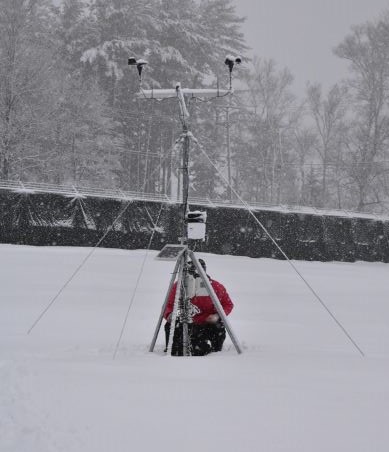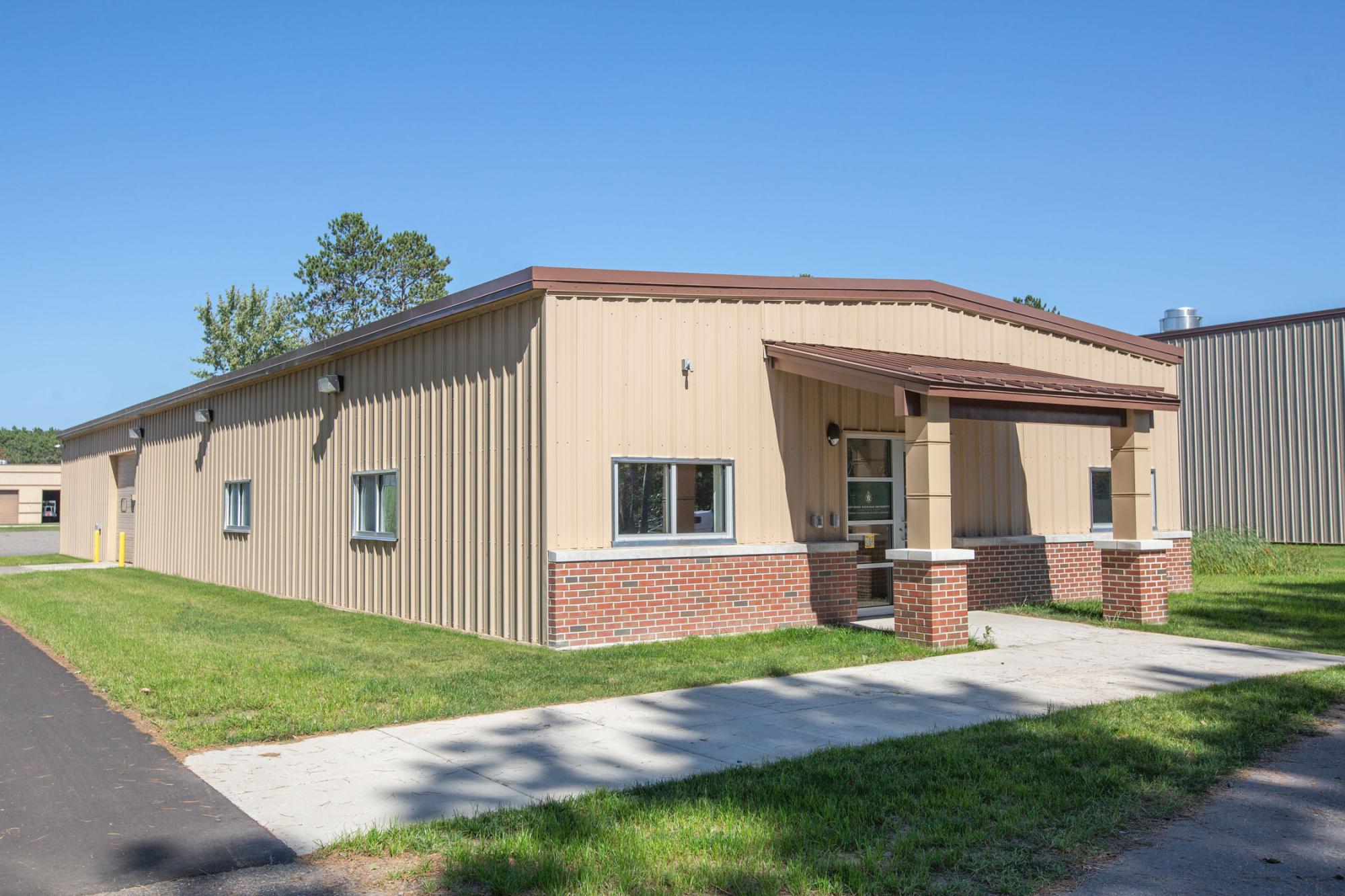NMU Forensic Research Outdoor Station (FROST)
 What is FROST?
What is FROST?
The NMU Forensic Research Outdoor Station (FROST) is one of only a handful of outdoor research facilities in the world. The first facility like FROST was founded at the University of Tennessee in Knoxville, TN, in 1981, by Forensic Anthropologist Dr. William Bass. Since then, other facilities have been established at Western Carolina University (Cullowhee, NC), Colorado Mesa University (Grand Junction, CO), Texas State University (San Marcos, TX), Sam Houston State University (Huntsville, TX) and the University of South Florida (Tampa, FL). Similar facilities are also located at the University of Technology in Sydney, Australia, Canada (Becancour, Quebec) and the Netherlands.
All of these facilities are primarily associated with forensic anthropology, but in reality their purpose is twofold: 1) to provide outdoor, climate-specific research and educational facilities to advance forensic science and related disciplines, and 2) to build modern, fully documented skeletal samples for the advancement of methods related to forensic anthropology. Each facility operates as a body donation program, meaning all of the human remains that are studied at these facilities have been specifically donated to the individual programs by the donors themselves or by their next-of-kin for this type of research. All of the facilities curate permanent skeletal collections that are used to train aspiring forensic anthropologists.
Research on human taphonomy (the study of all of the processes that affect a human body after death, including insects and other scavengers, temperature, moisture, etc.) has demonstrated that the condition of human remains be greatly affected by environmental conditions. For that reason, it is important for forensic scientists who study the postmortem interval and human taphonomy to have access to facilities that represent different climates.
FROST is the first outdoor research facility to be located at a northern latitude, which makes it unique. At FROST, scientists and students will have the opportunity to conduct research on the effects of cold temperatures, significant snow accumulation, and the freeze-thaw cycle on human decomposition and taphonomy.
Research conducted at FROST and similar facilities is important to forensic science because it helps scientists develop methods for determining the postmortem interval (time since death) and analyzing the effects of the local environment on the taphonomic factors mentioned above. Knowledge generated from this research helps law enforcement, medical examiners/coroners, the legal community, and other scientists in their efforts to solve crimes. Many crimes would go unsolved without the involvement of forensic scientists who analyze evidence that leads to the identification of victims or suspects.
Forensic Anthropology Research Laboratory (FARL)
 What is FARL?
What is FARL?
The NMU Forensic Anthropology Research Laboratory (FARL) is an indoor forensic laboratory facility where research and skeletal analysis are completed. The building consists of a processing lab, analysis lab, two offices, a conference room, and garage. This is the building in which all of our donated skeletal remains are curated in museum-quality boxes intended for human remains.
